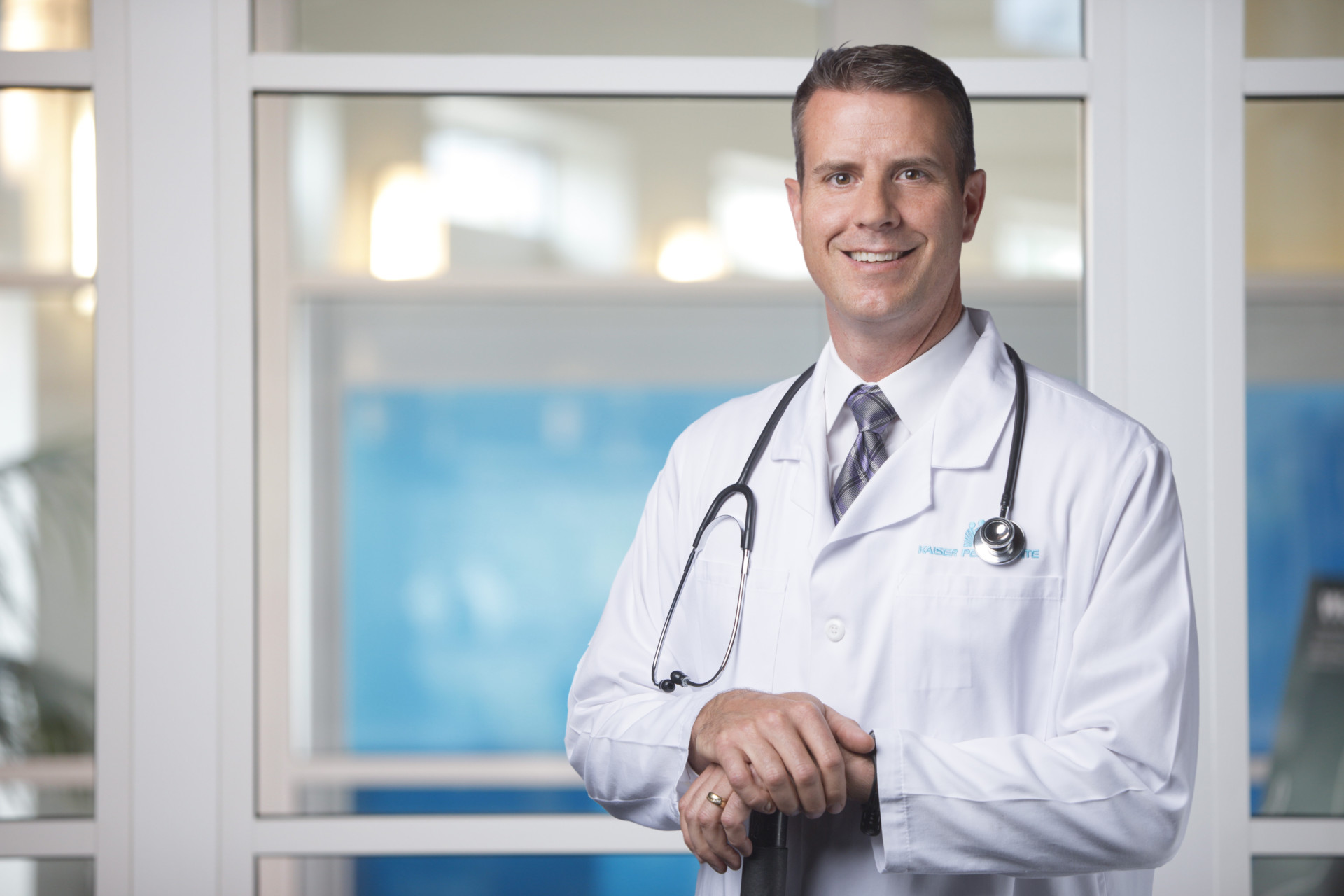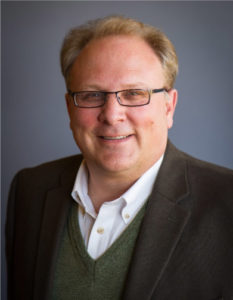
“In a crisis, old rules simply can’t apply,” said Dr. John Eisenach. “We had to figure out how we could address this pandemic as quickly as possible together.” Photo: Kaiser Permanente
Last March, Dr. John Eisenach, an anesthesiologist with Kaiser Permanente in Colorado, spearheaded a collaborative effort for hospitals and researchers to study and promote the use of convalescent plasma for people with COVID-19.
Eisenach, who graduated from Colorado State University with an undergraduate degree in biological sciences in 1994, said that he was inspired by a mentor to create the Colorado COVID-19 Convalescent Plasma Project Consortium.
Eisenach completed his residency at the Mayo Clinic in Minnesota, where he worked with world-renowned anesthesiologist and physiologist Dr. Michael Joyner, who has become one of the leading advocates for the use of convalescent plasma to treat COVID-19. In August 2020, the U.S. Food and Drug Administration granted an emergency use authorization for the therapeutic, which has been shown to help lessen the severity or shorten the length of COVID-19 illness in some hospitalized patients.
Eisenach said he spoke with Joyner on March 21, 2020, near the beginning of the pandemic. When he learned about his mentor’s efforts related to convalescent plasma – including the launch of a national program to collect and deliver plasma collected from people who had recovered from infection with the coronavirus – he also received some marching orders.
“He asked me what my role would be during the shutdown, since we would be temporarily postponing elective surgeries,” said Eisenach. “I told him that I would be assigned to work in the Intensive Care Unit. He said: ‘Well, drop everything you’re doing, clear your calendar and work on convalescent plasma in Colorado.’”
Partners worked swiftly at the start of the pandemic
Eisenach got to work quickly. Six days later, he had established the Colorado COVID-19 Convalescent Plasma Project Consortium, which includes Kaiser Permanente, Centura Health, CSU, Children’s Hospital Colorado, Denver Health Medical Center, National Jewish Health, SCL Health, UCHealth, University of Colorado Anschutz Campus, and Vitalant Blood Center and Research Institute.
“At that point, we launched a statewide collaborative effort that contributed to Dr. Joyner’s project on the national level,” he said. “We activated parallel networks with the common goal of determining how we could study COVID-19 convalescent plasma.”

The team was tasked with determining the potential for convalescent plasma and how it would be collected from patients. Researchers planned to study not only the properties of donated plasma from people who had recovered but also the outcomes of people who received convalescent plasma.
CSU was tapped for its expertise in infectious disease research and virology. With its biosafety level 3 (BSL-3) laboratory, the university’s scientists could also work with SARS-CoV-2, the virus that causes COVID-19.
“CSU played a significant role in helping us determine how to test a novel virus,” said Eisenach. More specifically, researchers looked for the presence of the virus and the amount of antibodies in convalescent plasma.
Ray Goodrich, executive director of the Infectious Disease Research Center at CSU, said that the levels of neutralizing antibodies present in the plasma samples helped to determine what kind of medical treatment a person with COVID-19 receives.
“We helped gather more data and information on the effectiveness of convalescent plasma, when should it be given to patients, and when it might not be helpful,” he said.
New research shows convalescent plasma benefits
In a recent study published in the New England Journal of Medicine, Joyner and a team of scientists found that among 3,082 patients hospitalized with COVID-19, those who received a transfusion of plasma with higher antibody levels had a lower risk of death when compared with those receiving a transfusion of plasma with lower antibody levels.
None of these patients were on ventilators to help them breathe, and researchers found benefits when patients received the plasma within three days of receiving a diagnosis of COVID-19.
Eisenach said he’s proud of the consortium’s efforts to date. The unprecedented establishment of multidisciplinary expertise and new relationships brought people together to rapidly approach a problem with collaborative strategies and common solutions. Data from patients in Colorado were included in the recent NEJM study.
“What is so special about the consortium is that scientific norms were suspended,” he said. “The conventional barriers of research were broken down and we as scientists and collaborators and health care providers were thrilled to focus on nothing but science. In a crisis, old rules simply can’t apply. We had to figure out how we could address this pandemic as quickly as possible together.”